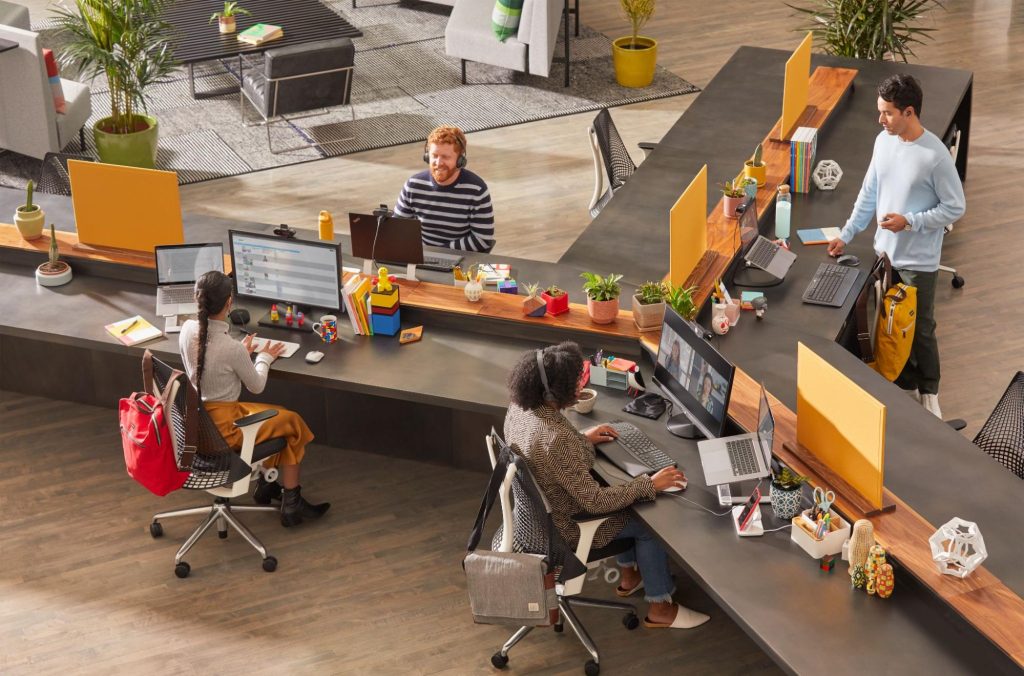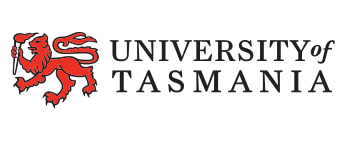How Purpose-built Webcams Improve The Meeting Experience And Increase Video Adoption Few people could have ...
LEARN MORESATELLITE OFFICES: CHALLENGING THE TRADITIONAL WORKSPACE
Employee

The impact of the cost-of-living crisis is evident nationwide, and the enterprise sector is no exception. From budget cuts to staff layoffs, businesses are feeling the squeeze as they strive to maintain operations despite increasing financial pressures.
Similarly, the rising cost of living is creating its own set of obstacles for employees across the country. Significant rent increases paired with the rise of grocery and transportation costs are driving the population to relocate further from major city centres, which brings about its own challenges regarding the hybrid working conversation.
Enter satellite offices: remote working locations built to house off-site employees and provide an ‘office away from home’. The premise of these working hubs is a gradually expanding concept and one that many enterprises are adopting as more and more employees choose to relocate further from the CBD.
RELOCATION TRENDS IN AUSTRALIA
Recent trends indicate a notable shift in population dynamics. The quarterly Regional Movers Index Report, which analyses relocation data from 16 million Commonwealth Bank customers, revealed that capital-to-regional migration accounted for 11% of all relocations, consistent with last year’s figures. Meanwhile, relocations to capital cities have declined for the second consecutive quarter. This trend suggests a growing preference for less crowded living conditions and more affordable housing options, particularly among younger generations seeking an improved quality of life.
“More millennials are moving out of the city and into the regions, with some choosing smaller and more remote destinations, continuing a post-pandemic city-exodus trend that doesn’t seem to be going away as the cost of living continues to bite,”states the ABC’s Basel Hindeleh.
THE INTRODUCTION OF OFFICE HUBS

The astronomical impact of the COVID-19 pandemic meant workplaces had to reconsider their traditional operational strategies, shifting towards remote work models and enhancing digital and technological infrastructure. This, paired with a hike in employee relocation to more regional locations, introduced the challenge of maintaining effective communication and collaboration across geographically dispersed teams.
While the hybrid working model is an excellent way for employees to enjoy a work/life balance and reduce their weekly transportation costs, the reality is that kitting out thousands of employees with at-home office technology may not be the most economically viable option for enterprises. And, while 83% of workers prefer the hybrid model, according to Accenture’s 2024 report, “they still find face-to-face interaction an important part of the work experience.”
As Sean Byrne, Head of B2B, Logitech ANZ states, “We have a geographically spread population, where people are forced to live where they can afford, but forced to work where they have to work.” Killing two birds with one stone, the introduction of satellite offices addresses the issue of remote employee relocation as well as the need for in-person interaction amongst staff.
Creating a physically separate (but technologically connected) workspace in highly populated employee areas allows enterprises to optimise productivity, enhance collaboration, and maintain confidentiality while ensuring seamless communication and exchange of ideas.
How do we attract people to our workplace? How do we ensure we get the best talent when the talent pool is changing? Expanding on the traditional office concept means employers have a wider berth of hiring options, enabling them to tap into diverse talent pools from different geographical locations and backgrounds. As Sean states, “The best person for the job might physically be an hour from the central office, but not willing to accept a position due to commute times”, and the introduction of satellite offices in highly populated locations can help overcome this barrier.
LONG-TERM STRATEGY
Introducing satellite offices into an enterprise’s workplace strategy may seem like a quick fix for location disparities, but it’s a long-term consideration and commitment. As Sean discusses, there are long-term questions that enterprises should be asking themselves when having a conversation about the implementation of remote office hubs. “It’s not about the immediate question of how many people live where; it’s a long-term strategy.”
“How does the enterprise build a long-term HR strategy that complements satellite offices, and how does the IT and AV departments fit within this strategy to allow for long-term retention plans? These conversations need to be had at the first mention of hub offices to ensure that the necessary infrastructure, resources, and support systems are in place for seamless operations and employee satisfaction,” says Byrne.
SATELLITE OFFICES WITH LOGITECH

Implementing the right technological infrastructure to support seamless operations between locations is key to a successful satellite office; partnering with an established company like Logitech ensures that the right questions are asked to maximise the personalisation of each office hub.
“We’re not only setting up a cool office hub—we’re considering workplace productivity by ensuring that they have more meeting rooms than spaces; we can help them limit the number of desks that they need in the space through hot desking. We can provide them with the best product that’s out there to make it inviting when they come into the satellite office.”
As Sean mentions, Logitech can be part of this whole conversation from the very beginning—to be an ongoing resource of growth alongside enterprises. Contact our team today to explore the range of options available.

Head of B2B ANZ at Logitech
Sean is responsible for the Logitech business into B2B across ANZ, both sales and marketing. He engages with C-Suite leaders to understand what their workplace and personal needs looks like, their strategic direction and business continuity plans. This allows him to ensure Logitech ANZ are effective in helping them reach those goals.
With 25 years of industry experience across multiple roles, he is a sought-after speaker and a well-respected leader renowned for building a caring culture. Sean is a true advocate for using video collaboration to break down barriers. He believes that no matter how people participate or where they are - they deserve to be heard. Using Logitech solutions gives people that opportunity.












